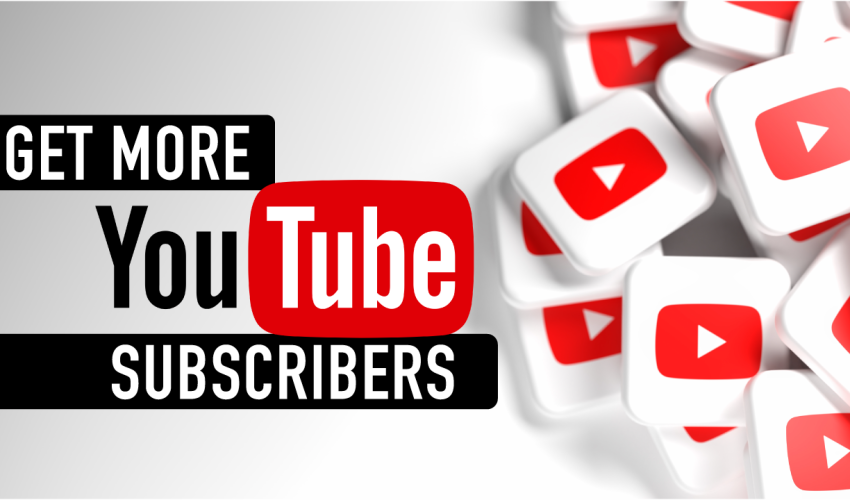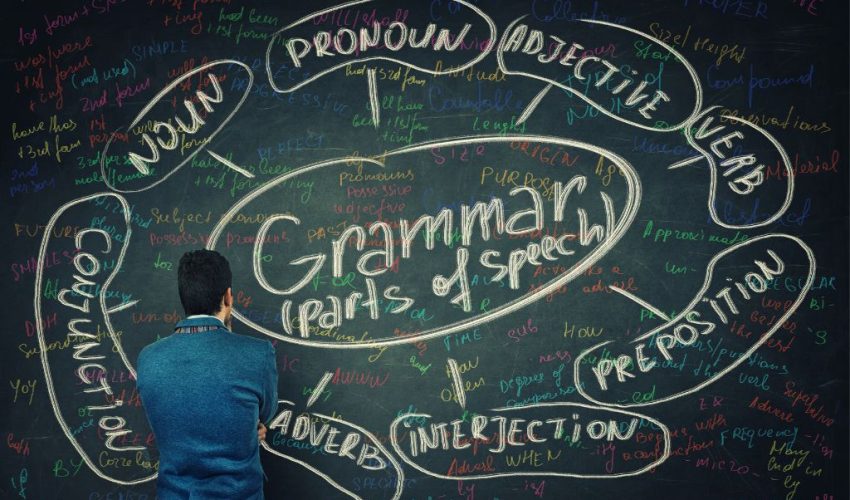Learning a new skill can be beneficial for you in a number of ways, including helping you pass the time, lowering your stress level, and improving your health. Consider your “why” before making a decision about which skill set to improve. In the midst of the epidemic, educators embraced new technologies to facilitate remote learning and classroom interactions. It’s possible that these shifts will last after the pandemic is over.
Social Interaction
The role of social interaction in learning is important and should be a core part of metaverse experiences. However, the research on this has been somewhat limited so far.
The studies indicate that students who do not experience academic social interactions have more learning and self-regulation difficulties. These findings are consistent with previous studies that emphasize the general importance of quality social interactions for mental health and suggest that a lack of such interactions can be detrimental to student well-being.
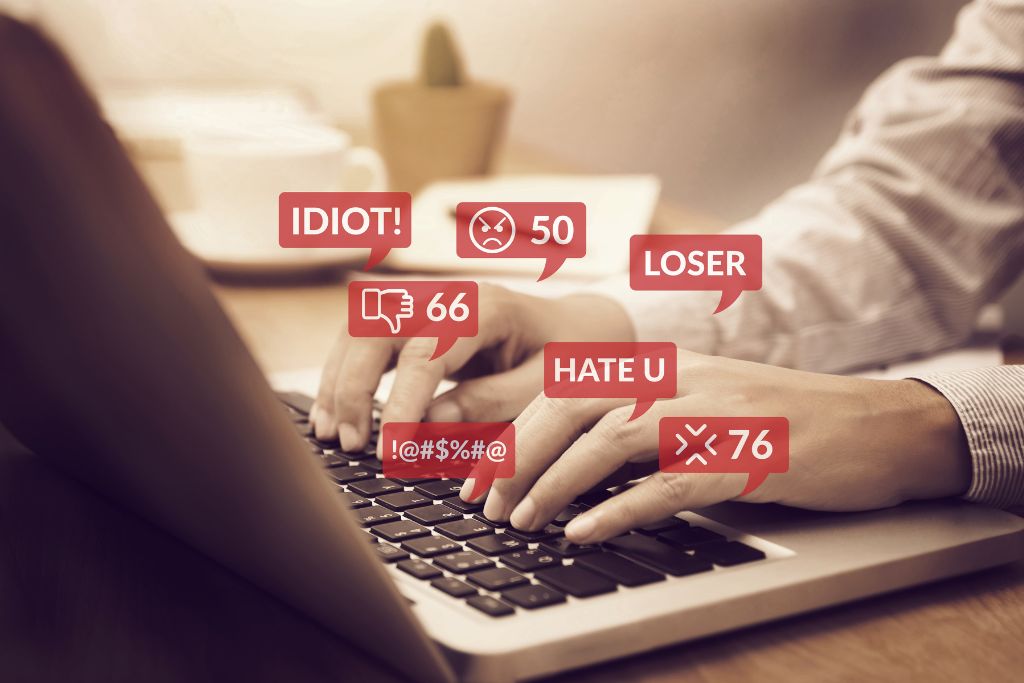
Social interaction also enables the students to work out problems in their learning and thus become competent as far as solving such problems is concerned. It also enables the instructors to identify the students who are having difficulty and hence help them out with such issues that are hampering their learning and therefore provide the relevant assistance. Moreover, social interaction provides an environment where students with disabilities are able to interact freely with their colleagues which is quite beneficial as far as such individuals are concerned.
Technology
Technology is a tool that can help students connect with instructors and classmates to learn, communicate, and collaborate. This includes digital tools like social networking sites, web conferencing software, blogs, wikis and even augmented reality (VR) applications that allow students to experience the world without leaving their classroom.
Many educators have found that these types of interactive learning experiences provide better engagement in a classroom than traditional methods of learning. These new forms of learning also prepare students for their future careers by helping them develop skills in communication, collaboration and problem-solving.

Several of the technologies that are transforming learning include virtual reality, augmented reality and adaptive learning systems. These are all enabling learners to have a more individualized learning experience by using algorithms that determine their knowledge gaps and supply them with educational content that fills those holes. Students can then study at their own pace and track their progress along the way. They can also receive feedback from their instructor on how well they are doing.
Relationships
In order to produce a positive learning environment, students must have a positive relationship with their educators. This is important for students because it produces a positive classroom atmosphere, builds confidence in students and helps them learn that their ideas are valuable. This can lead to long-term success in a student’s education as they continue to pursue academics.
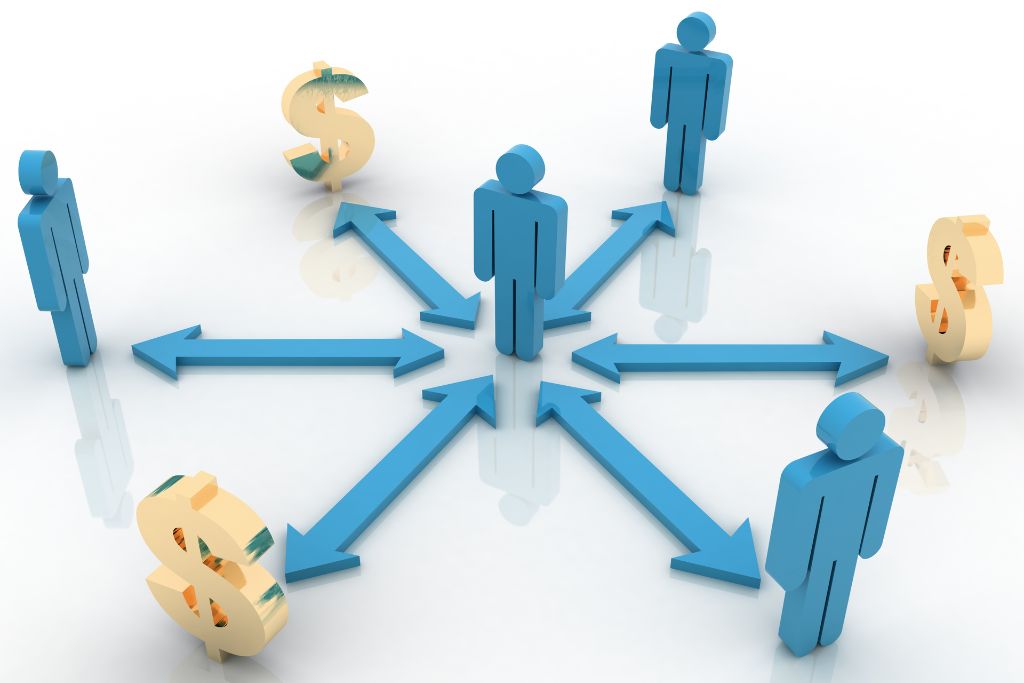
Relationships within the PSLE have been identified by Moos as having three sub-dimensions and representations. The intended representation refers to staff ideals, the implemented representation represents policy in practice and the attained representation identifies users’ perceptions of their experience. The conceptual model enables relations to be analysed and it is preferable to study the direct relationships rather than those that are mediated or moderated by other aspects. This will enable the exploration of a range of possible pedagogical approaches and physical learning environments. This will enable the identification of which is most effective in achieving a desired outcome.
Learning Styles
The theory that everyone learns differently is a popular one. Students and teachers often identify which learning style they prefer — visual, auditory or kinesthetic — and use these preferences to guide study habits and educational strategies.
For example, linguistic learners or verbal learners tend to absorb information best by reading and taking notes. They may also use mnemonic devices to memorize important dates and facts. These students excel in a variety of roles, from librarians and writers to speech pathologists and teachers.
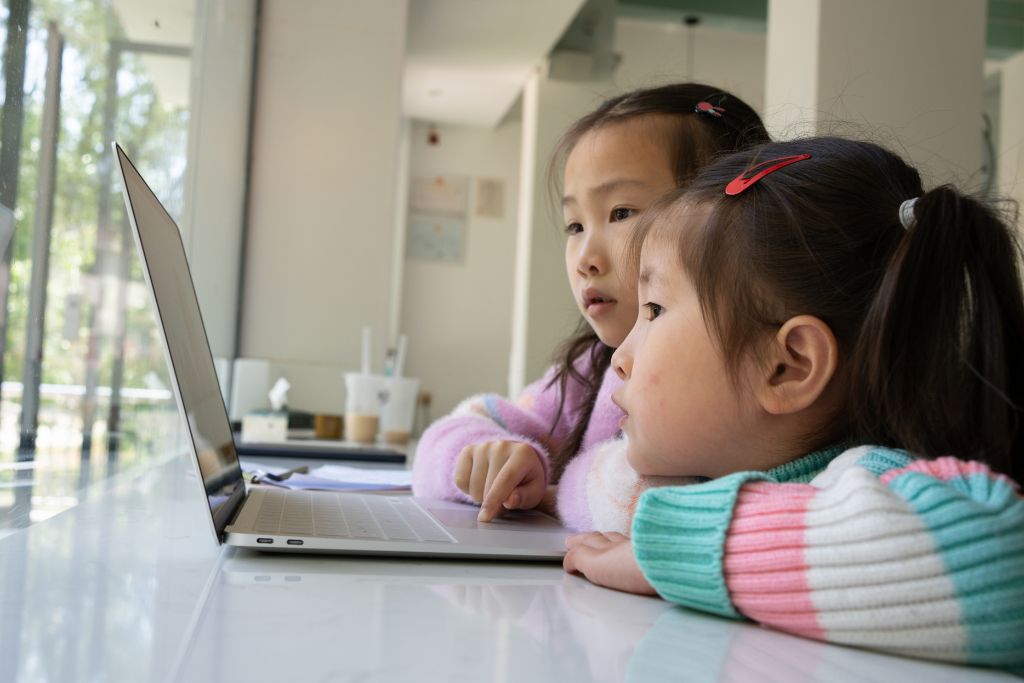
Educators, understandably, have a great desire to tailor learning to individual students’ needs, and many public preparation programs include different learning styles directly into their curricula. However, the premise behind learning styles is flawed. There is no scientific evidence that teaching a specific learning style speeds up understanding and memorization. In fact, pigeonholing a student into a single learning style can actually hinder their ability to grasp new concepts. Luckily, there are more effective ways to teach.
In “Exploring the Rise of NEW Learning,” readers learn about new ways of teaching and how learning is changing. “The Most Popular Programming Languages” is important in this case. This piece talks about the latest trends in programming languages and suggests that you learn Python, JavaScript, and Java. In the current learning era, readers know how to use programming languages. Learning famous programming languages is a must in the workplace today. In both studies, changes in education and knowledge of computer languages are looked at.






